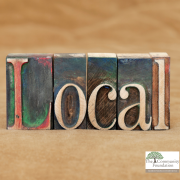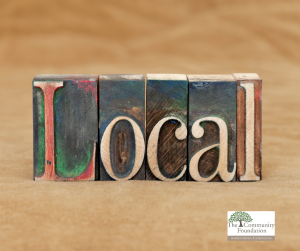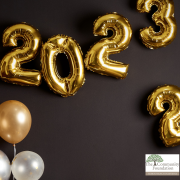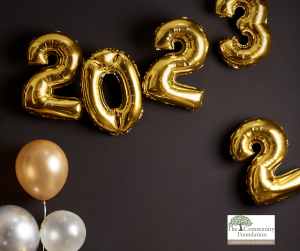Disaster giving: Perspectives for your clients

Both the recent one-year anniversary of the start of the Ukraine conflict and the earthquake that has devastated Turkey and Syria are causing more and more people to explore ways they can help. In an era of abundant giving methods and (sadly) potential fraud, The Community Foundation is a source of reliability and expediency to help your clients act on their charitable instincts.
Disaster giving frequently takes the form of a wide-ranging response, given that disasters can occur suddenly or over time, domestically and internationally. The damage can be heart-wrenching, such as loss of life and property destruction, or health-related, like Covid that has swept the globe. The urge to help is often immediate.
There are many viable options for your clients to activate their generosity toward relief efforts, but there are also caveats. While global disaster giving is important, it is also important for clients to stay tuned to the most critical needs right here in our community. Although these critical needs do not always take the form of a time-bound disaster, the impact of ongoing crises such as low access to health care and poverty can be quite damaging over the long term.
What is disaster giving?
Although challenging to pinpoint holistically, what’s typically referred to as “disaster giving” is perhaps best thought of as a subset of what has been a robust philanthropic climate in recent years. In 2021, Americans’ charitable giving reported by Giving USA was up 4% over 2020 to nearly $485 billion. Certainly the strong percentage increases in the categories of Human Service, Public-Society Benefit (up 23%, the second-highest percentage gain) and Health all likely involved Covid-related concerns and sentiments.
An emerging area of challenge may be annual giving to international affairs, which declined approximately 5% from 2019 to 2021, finishing at $27.4 billion. Of course, these figures could change for 2022 when accounting for aid to Ukraine (and in future reports, to Turkey and Syria). As context, through February 2023, U.S. government aid to Ukraine has exceeded $75 billion, including 40% for humanitarian and financial purposes and the remainder for the military. Philanthropy also contributed to humanitarian needs; the 10 largest private donations, led by Microsoft, totaled more than $1.2 billion.
How The Community Foundation can help
The Community Foundation can help your clients fulfill their giving instincts by acting as a secure, knowledgeable, and trustworthy facilitator. Our team personally knows–and regularly vets–hundreds of charities every year, and we can help you and your clients navigate the options for both local and international giving.
Frequently, a donor-advised fund at The Community Foundation will be a suitable giving vehicle for your clients. Our team can help connect your clients to the causes they care about by identifying the most effective organizations addressing the critical needs both locally and globally in your clients’ areas of interest. Working with The Community Foundation also helps your clients secure robust tax planning benefits that can be missed when a client gives to charity on an impulse.
Finally, The Community Foundation can help your clients steer clear of scams perpetrated via familiar-looking but sham websites and QR codes, both of which proliferate during highly emotional or threatening times surrounding a disaster. While your clients may be tempted to make a gift online or by phone out of compassion in response to a verbal solicitation or a news story, remind them that The Community Foundation has much to offer—safely, securely and advantageously—when it’s time to make impactful humanitarian gifts both here and abroad.
This article is provided for informational purposes only. It is not intended as legal, accounting, or financial planning advice.




















